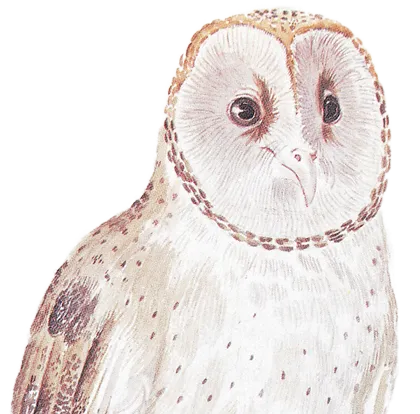
Hercule Florence was certainly one of the most interesting and notable foreigners who settled in Brazil in the 19th century. Besides being an inventor, he was a draftsman, a painter, a typographer, and a naturalist.
The son of French military doctor and artist Arnaud Florence and Monegasque Augustine Vignalis, Hercule’s life and work go far beyond his inventions - photography being just one of them.
Hercule was born on February 28, 1804 in Nice, which was then occupied by the French Republic, and spent his childhood in Monaco. From an early age he showed an interest in drawing, science, and the adventures of European travelers in the New World.
When he was twenty years old, he embarked in Toulon on the French frigate Marie Thérèse on a diplomatic mission to Spanish America. The French-Monegasque landed in Rio de Janeiro in 1824, two years after Brazil’s independence.
After working in a textiles store and at the Tipografia Real [Royal Typography] run by the Frenchman Pierre Plancher, Florence was recruited as a draftsman for the second stage of the Langsdorff Expedition (1825-1829), organized by the German Baron of the same name, who was the Russian Consul General in Brazil, and also a physician and naturalist.
In September 1825, the travelers head by boat to Santos and travel through the country’s interior up to the Amazon. From 1826 to 1829 they cross the current states of São Paulo, Mato Grosso, Mato Grosso do Sul, Rondônia, Amazonas and Pará. During this period Florence produced a series of drawings and watercolors, in which he depicts the fauna, the flora, the landscape and the people of the places they visited , which, with the works of Rugendas (1802 - 1858) and Taunay (1803 - 1828), form the pictorial documentation of this trip.
Florence’s illustrations, documents and samples collected by the expedition, which lasted almost three years (1826 - 1829), were forgotten for more than a century in the Imperial Russian Academy in St. Petersburg and rediscovered only in 1930.
"On September 3rd, 1825, we left Rio de Janeiro. A cool wind helped us to complete, in 24 hours, the crossing of the 70 leagues up to Santos [...]." — FLORENCE, Hercule - 1 Pain de Sucre. 2. Corcovado. 3. Montagne de Gouveia. [Drawing from the Carnet de dessins] - [1825] - Watercolor on paper, 19.3 x 24.7 cm - Collection Bibliothèque Nationale de France (Paris)
In 1830, Hercule married Maria Angélica, the daughter of Francisco Álvares Machado e Vasconcellos, later governor of Rio Grande do Sul, and after a brief stay in São Paulo, he moved with her to Campinas (then called Vila de São Carlos).
There he became a successful farmer and the owner of the town's first printing shop. Maria Angelica died in 1850 and four years later, he married Carolina Krug, a German immigrant born in 1828 in Kassel. Together they founded in 1863 a school for girls, the Colégio Florence [Florence School], which eventually moved to Jundiaí after the outbreak of yellow fever in Campinas in 1889. He fathered twenty children in total, thirteen with Maria Angélica and seven with Carolina.
Hercule Florence lived in Brazil until his death in 1879. According to his biographer Estevão Leão Bourroul (1859 - 1914), Florence’s life is a plain and moving narration of adventures, discoveries, and travels, which comprise one of the most interesting pages in the annals of Brazil’s nineteenth century.
